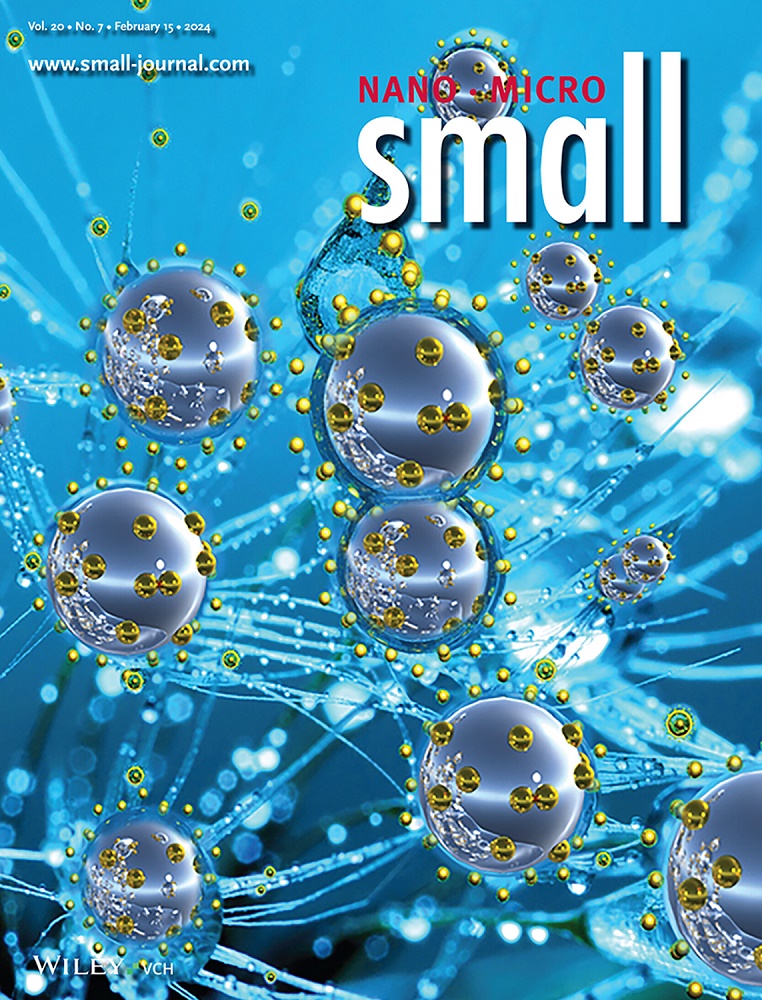Single Atom Catalysts for Electrochemical CO2 Reduction Reaction: Synthetic Strategies and Mechanistic Insights
IF 12.1
2区 材料科学
Q1 CHEMISTRY, MULTIDISCIPLINARY
引用次数: 0
Abstract
Electrocatalytic CO电化学CO2还原反应的单原子催化剂:合成策略和机理见解
电催化二氧化碳还原是解决环境和绿色能源问题的最有希望的途径之一,同时将二氧化碳转化为附加值化学品和燃料。为此,单原子催化剂(SACs)由于其独特的电子性质、暴露的活性中心和可调节的配位环境,已成为电化学CO2还原(CO2RR)的高活性和选择性材料。在此,对CO2RR的sac的最新发展进行了关键评估。总结了sac的合理设计和综合策略。本文讨论了配体的相互作用以及活性和选择性的调节,并对局部原子结构和不同SAC类型进行了广泛的分析。本文还重点介绍了基于SACs的CO2RR的反应机理以及SACs与纳米颗粒和纳米团簇的协同作用,强调了SACs通过改善电荷转移、优化中间体结合和提高活性位点的可及性来增强催化性能。最后,展望了基于sac的CO2RR技术的发展前景。
本文章由计算机程序翻译,如有差异,请以英文原文为准。
求助全文
约1分钟内获得全文
求助全文
来源期刊

Small
工程技术-材料科学:综合
CiteScore
17.70
自引率
3.80%
发文量
1830
审稿时长
2.1 months
期刊介绍:
Small serves as an exceptional platform for both experimental and theoretical studies in fundamental and applied interdisciplinary research at the nano- and microscale. The journal offers a compelling mix of peer-reviewed Research Articles, Reviews, Perspectives, and Comments.
With a remarkable 2022 Journal Impact Factor of 13.3 (Journal Citation Reports from Clarivate Analytics, 2023), Small remains among the top multidisciplinary journals, covering a wide range of topics at the interface of materials science, chemistry, physics, engineering, medicine, and biology.
Small's readership includes biochemists, biologists, biomedical scientists, chemists, engineers, information technologists, materials scientists, physicists, and theoreticians alike.
 求助内容:
求助内容: 应助结果提醒方式:
应助结果提醒方式:


